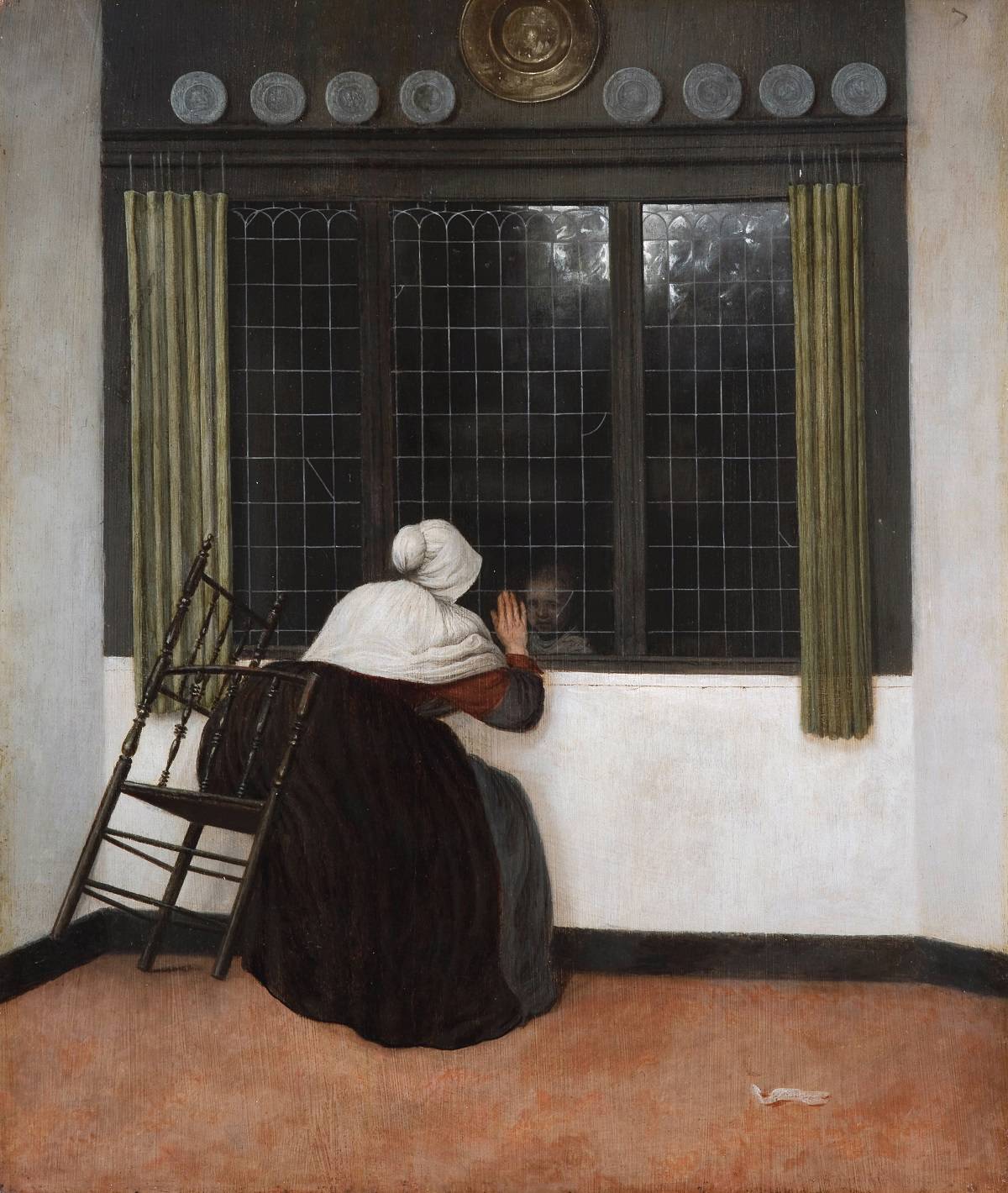
Everyone knows Vermeer’s quiet interiors and that one Little Street, but few people know that artist Jacobus Vrel was already producing scenes of this kind before the paint was dry on Vermeer’s first masterpiece. In Vrel, Forerunner of Vermeer the Mauritshuis will share the story of this mysterious painter, showing 13 paintings from collections in the Netherlands and abroad to introduce visitors to Vrel and his work. The famous Kunsthistorisches Museum in Vienna has loaned us two extraordinary paintings, one of which is Woman at the Window (1654), the only dated work by Vrel. The Mauritshuis will host Vrel, Forerunner of Vermeer from 16 February to 29 May 2023, after which it moves on to the Fondation Custodia, Frits Lugt Collection, in Paris, our exhibition partner.


